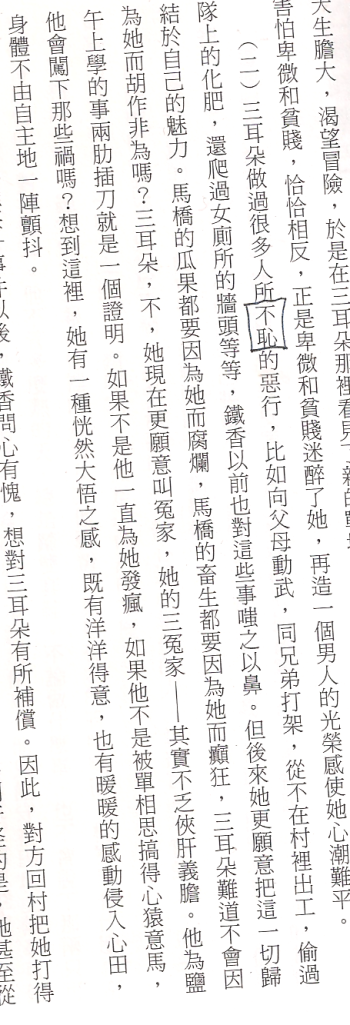
「菜鳥」cai4niao3 for “rookie” or “beginner” is quite a common term in the Chinese-speaking world although it reportedly has its roots in the Taiwanese term 「菜鳥仔」 chhài-chiáu-á (the pronunciation is slightly better here). It can also be used as an adjective, i.e. 「很菜鳥」, but this is often abbreviated to 「菜」. This is helpful when you want to crush the hopes and dreams of new and enthusiastic colleagues, by sucking your teeth and whispering 「他很菜ㄟ」 (**smirks** Such a noob, eh?) in the boss’ ear when one of them gives a constructive solution to a problem.
You can hear the guys at 台通 (Commute For Me) discussing how the job of ordering bento boxes for work always tends to fall on the shoulders of the noobs from 14:12 below:
-而且我覺得通常接到訂便當工作這個人
-都比較菜
-都很菜
(-And I feel like that the person who has to order the bento boxes
-Is always quite new to the office
-Yeah, very new to the office




